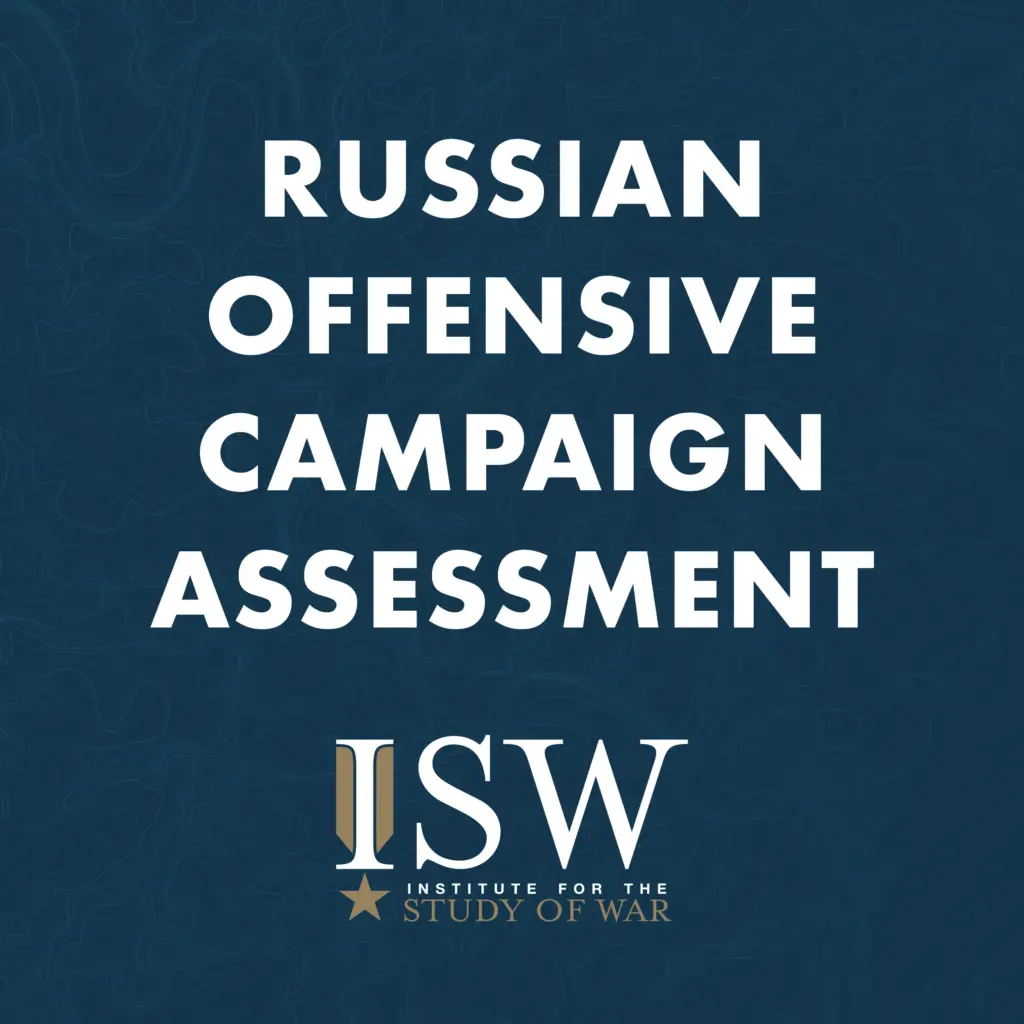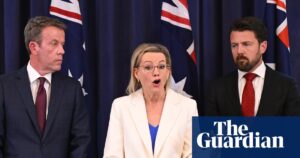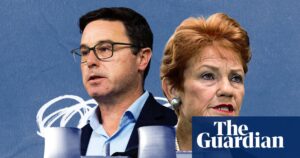
The situation in the Pokrovsk-Myrnohrad area remains tense as Ukrainian forces struggle to maintain control over strategic positions while Russian troops continue their advance. Recent reports indicate that Ukrainian forces have cleared the town of Rodynske, north of Pokrovsk, in an effort to secure the northern flank of the area. Simultaneously, Ukrainian troops are counterattacking both within Pokrovsk and on its western outskirts to prevent further Russian incursions on the southern side.
Russian advances in northern and western Pokrovsk have decelerated, likely due to persistent Ukrainian counterattacks. However, Russian forces are gaining ground in eastern and southern Pokrovsk, potentially aiming to create a sub-pocket to encircle Ukrainian troops, thereby forcing a withdrawal from the broader region. This strategy is complicated by Russian control over Ukrainian ground lines of communication, which hampers Ukrainian logistics.
Escalating Engagements and Strategic Implications
Both Ukrainian and Russian forces have recently made advances in the Pokrovsk direction. On November 10, Ukrainian military observer Kostyantyn Mashovets reported that Ukrainian forces had cleared Rodynske. However, geolocated footage suggests that both Ukrainian and Russian forces have advanced in southern Rodynske, partially contradicting Mashovets’ account.
Further footage indicates Ukrainian advances in Zatyshok, northeast of Pokrovsk, while Russian troops have been seen raising flags along the T-0515 Pokrovsk-Dobropillya highway. Despite these movements, the control of terrain remains largely unchanged. Ukrainian military sources report a resurgence of Russian assaults in the Pokrovsk direction, resulting in significant Russian casualties.
Ukrainian President Volodymyr Zelensky reported that 170,000 Russian servicemembers are engaged in the Pokrovsk offensive, with 25,000 casualties recorded in October 2025 alone.
Kremlin’s Stance and Military Mobilization
The Kremlin continues to assert its maximalist demands, refusing to engage in negotiations unless Ukraine capitulates entirely. Kremlin Spokesperson Dmitry Peskov reiterated that Russia will only end the war upon achieving its initial goals, which include preventing Ukraine’s NATO membership and installing a pro-Russian government in Kyiv.
In a related development, Russia has initiated involuntary partial reserve call-ups to bolster its active reserve forces, likely for deployment in Ukraine. Reports from Russian state media indicate that at least 19 federal subjects are training reservists to protect critical infrastructure, following a recent law signed by President Vladimir Putin. This move is seen as a broader effort to prepare reservists for potential combat roles, including in Ukraine.
Economic challenges are also surfacing, with Sberbank CEO Herman Gref acknowledging Russia’s economic struggles during a meeting with President Putin. Gref cited “challenging macroeconomic conditions” as a factor in the bank’s modest growth, highlighting a rare admission of economic weakness from Russian officials.
International Repercussions and Aerial Incursions
Meanwhile, Belgian authorities have reported aerial incursions involving drones over critical infrastructure, including the Liège Airport and the Doel Nuclear Power Plant. These incidents are part of a series of similar overflights in recent weeks, with Belgian Defense Minister Theo Francken suggesting potential Russian involvement as a means to intimidate European states and deter aid to Ukraine.
The Russian Embassy in Belgium has denied these allegations, but the incursions are viewed within the context of Russia’s “Phase Zero” campaign, aimed at destabilizing Europe and undermining NATO cohesion.
Looking Ahead: Strategic and Tactical Considerations
The ongoing conflict in the Pokrovsk-Myrnohrad area underscores the complexity and intensity of the war in Ukraine. As both sides continue to engage in strategic maneuvers, the situation remains fluid with significant implications for regional stability and international relations.
Experts suggest that the Kremlin’s current military and political strategies reflect a long-term commitment to achieving its objectives, despite mounting casualties and economic pressures. The international community continues to monitor these developments closely, with potential ramifications for future diplomatic and military engagements.
As the conflict evolves, the focus will remain on the strategic movements in key areas like Pokrovsk, as well as the broader geopolitical implications of Russia’s actions in Europe and beyond.





